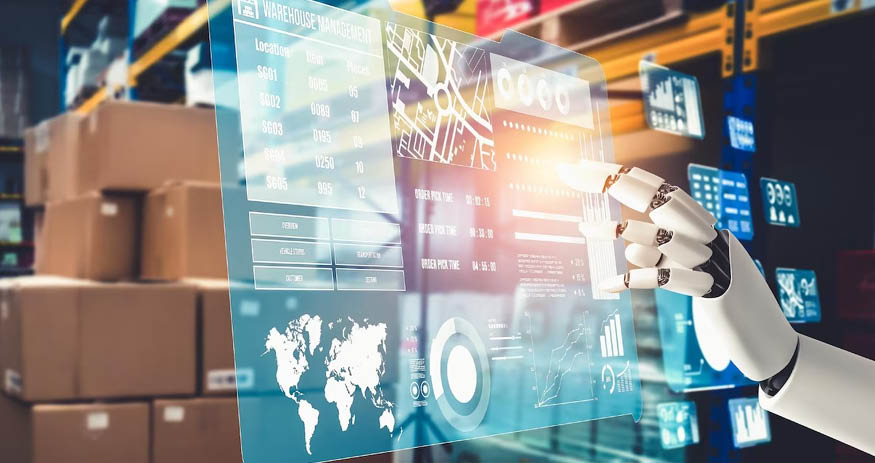
The future of supply chain and last mile logistics
Logistics is currently confronting immense change. Logistics companies are facing an unprecedented shift as digitization takes hold and customer expectations evolve.
The COVID-19 pandemic increased the need for supply chain organizations to use digital tools that help them make better decisions faster and meet unparalleled customer expectations.
Technology is changing every angle of how logistics companies operate. Digitalization and the use of the software will be a requirement for success. The winners will be those who understand how to utilize new technologies, from data analytics to automation and innovative marketplace solutions. Those who don’t, risk losing their presence in the market.
Major areas of disruption: customer expectations & evolving technologies
Customer expectations are changing rapidly. The pandemic has driven demand for next-day and same-day delivery. Individuals and businesses expect to receive goods faster and - in the case of consumers - at no delivery cost. Many logistics companies also serve B2C customers.
Consumers went digital long before many retailers, and some segments of the logistics industry are still struggling to keep up. Most end-consumers are not concerned about who and how delivers their goods, as long as they get them fast and cheaply. All this has huge implications for transportation and logistics.
These expectations for free and fast delivery will accelerate breakthroughs in last-mile logistics. Last-mile logistics is defined as the final step of the delivery process from a distribution center or facility to the end user. While last-mile logistics aims to satisfy customers' growing appetites for fast and free delivery, it creates new operational challenges for shippers and manufacturers.
This forces many shippers to outsource their warehousing and fulfillment to 3PLs. This solution allows to transform fixed costs into variable costs, however, it can also negatively impact profitability margins. Shippers and manufacturers are forced to look for an equilibrium between customers' needs and portability points. It can only hope to do this by making maximum and intelligent use of technology, from artificial intelligence, data analytics, to automation.
New technologies are enabling greater efficiency and more collaborative operating models; they’re also reshaping the marketplace in ways that are only just beginning to become apparent. The use of technology promises lower costs, improved efficiency, and the opportunity to make a genuine revolution in the way the industry operates. Through 2025, major supply chain organizations will adapt applications that support artificial intelligence and advanced analytics capabilities.
The future of logistics
All this has huge implications for transportation and logistics. The market is striving for efficiency, transparency and traceability. Consumers demand to have real-time updates for every single package ordered. The same logic applies to commercial shipments. These changes drive the logistics industry to adapt to digital tools as well. However, digitalization is still a challenge for many logistics companies, which is currently lagging many of their customers in this respect.
It's crucial for logistics companies to develop the right strategy, attract the right skills and choose the right digital tools to streamline their operations. The use of technology will allow to achieve higher efficiency at a lower cost. Transportation companies that don’t start utilizing digital tools risk being left behind permanently.
There's also currently an urge to streamline the process of collaboration among business partners and market participants around digital solutions. The best digital tools for logistics companies allow them to seamlessly run all their operational processes in one integrated system. It's expected that consumer demands for delivery services will continue to increase. It will continuously require the implementation of digital standards, norms and certification in the logistics industry in order to satisfy consumers' needs.


